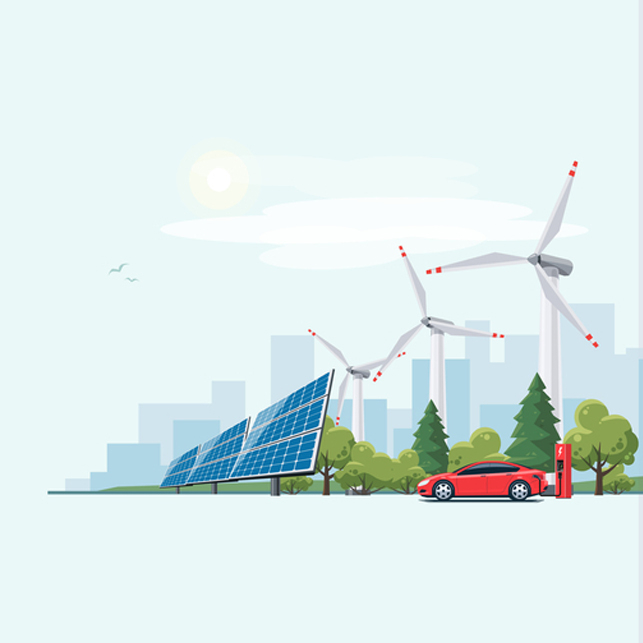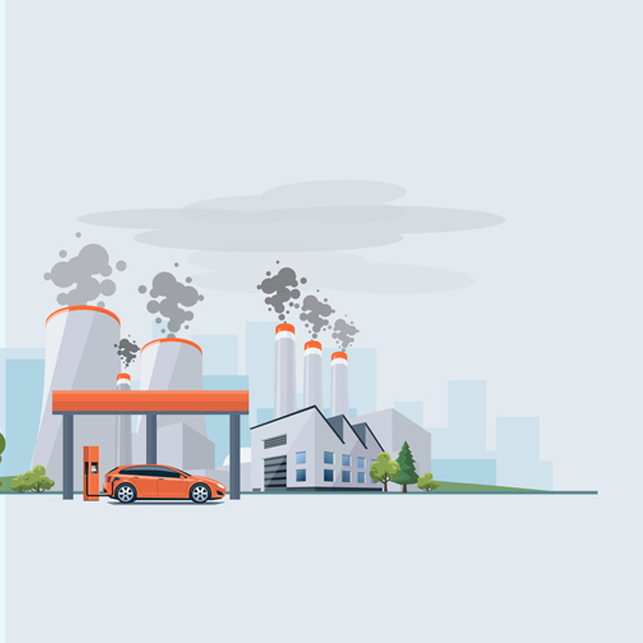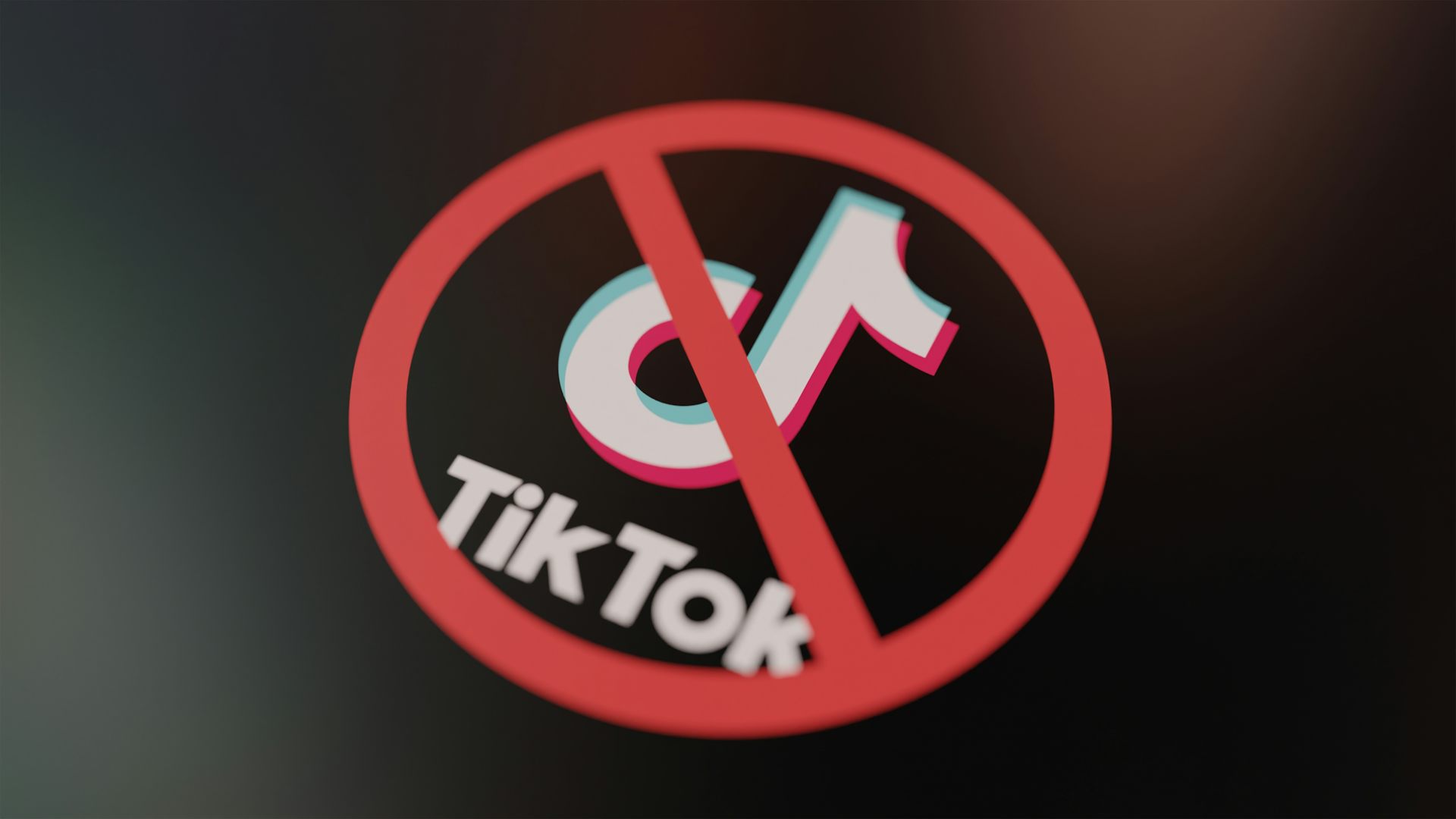Economic Resources & Production
Factors of Production are the economic resources used to create goods and services:
- Land: Natural resources including minerals, forests, water, and physical space
- Labor: Human effort and work used to produce goods and services
- Capital: Human-made goods used to produce other goods and services (tools, equipment, buildings)
- Entrepreneurship: The innovation and risk-taking that combines the other factors
Human Capital refers to the knowledge, skills, and abilities of workers that increase productivity. Investing in education and training builds human capital.
Understanding Resource Types
Renewable Resources
Resources that can be replenished naturally over time, such as timber, solar energy, wind power, and biofuels.
Nonrenewable Resources
Resources that cannot be replenished or take extremely long periods to regenerate, such as fossil fuels and minerals.
Perpetual Resources
Resources that are essentially inexhaustible on human timescales, such as sunlight, wind, and tidal energy.
What Does a Sustainable Economy Look Like?
A sustainable economy focuses on resource efficiency and renewable energy sources. It ensures products are designed with recyclable materials and repairability in mind, reducing waste and environmental impact.
Companies in a sustainable economy prioritize environmental protection alongside profits, minimizing e-waste and pollutants throughout the product lifecycle.
What Does an Economy Supporting Human Condition Look Like?
An economy supporting the human condition prioritizes improving quality of life over strict profit-focused goals. Products are designed to be beneficial to end-users, accessible, and easy to use.
This economy values human capital development, ensuring technology enhances human capabilities rather than replacing them, while providing meaningful work and equitable access to resources.
Goods vs Services in a Sustainable Economy
Sustainable Goods
Physical products made with renewable materials, designed for durability, repairability, and recyclability. They minimize resource use and environmental impact throughout their lifecycle.
Sustainable Services
Intangible offerings that provide value without extensive material consumption. Services can extend product life through repair, maintenance, and sharing economies, reducing overall resource consumption.
Comparing Products by Factors of Production & Resource Use
Environment
Green Fuels: Renewable Resource

Green fuels reduce greenhouse gas emissions and air pollution compared to fossil fuels, with renewable diesel emitting 2691 grams less CO2 per liter than fossil diesel. They are derived from renewable biomass sources that can be replenished.
| Factors of Production | |
|---|---|
| Land: | Production facilities, agricultural land for feedstock (renewable resource) |
| Labor: | Scientists, engineers, farmers, production workers (utilizing human capital) |
| Capital: | Production equipment, R&D facilities, transportation infrastructure |
| Entrepreneurship: | Innovation in production methods and sustainable business models |
Gas Car Fuels: Nonrenewable Resource

Gas car fuels contribute to greenhouse gas emissions and air pollution, with gas-powered cars emitting 350–741 grams of CO2 per mile and causing health issues. Once extracted and used, these resources cannot be replenished.
| Factors of Production | |
|---|---|
| Land: | Oil extraction sites, refineries, gas stations (depleting nonrenewable resources) |
| Labor: | Oil workers, refinery staff, transportation workers (specialized human capital) |
| Capital: | Drilling equipment, refineries, pipelines, tankers (high capital intensity) |
| Entrepreneurship: | Finding new deposits, improving extraction efficiency (diminishing returns) |
CO2 Emissions Comparison: Renewable vs. Fossil Diesel (grams/liter)
Comparing Products by Factors of Production & Resource Use
Human Condition
iPhones: Human Capital Enhancer

iPhones transformed communication, bringing computing power to our pockets with user-friendly touchscreen interfaces, improving connectivity and access to information. They enhance human capital by providing tools for learning and productivity.
| Factors of Production | |
|---|---|
| Land: | Raw materials, metals and minerals from mines (mix of renewable and nonrenewable) |
| Labor: | Design teams, engineers, assembly workers (high human capital intensity) |
| Capital: | Manufacturing equipment, R&D facilities, intellectual property |
| Entrepreneurship: | Innovation in product design, user interface, and software development |
TikTok: Digital Service with Mixed Impact

TikTok represents a digital service that may negatively impact mental health, especially for teens who become addicted to the platform, contributing to anxiety, depression, and attention issues. It consumes the perpetual resource of human attention.
| Factors of Production | |
|---|---|
| Land: | Servers and data centers for user data storage (energy-intensive) |
| Labor: | Algorithmic engineers, developers, content moderators (specialized human capital) |
| Capital: | Algorithms, user data, strategic partnerships (primarily digital capital) |
| Entrepreneurship: | Innovation in user engagement and content delivery algorithms |
Creating a Sustainable Future
To create an economy that benefits both the environment and human condition, we must redesign how we use factors of production (land, labor, capital) to create goods and services, prioritizing renewable resources, building human capital, and considering the opportunity cost of depleting nonrenewable resources.
Learn More About Sustainable Economics